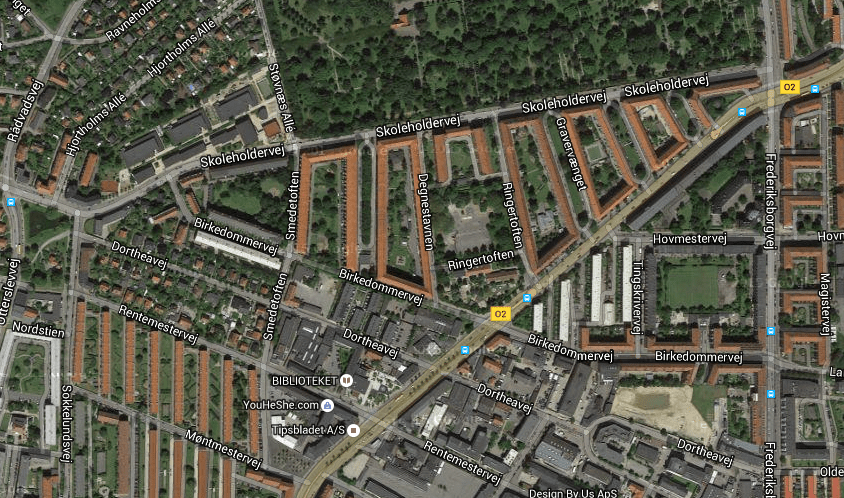The number of marginalised and troubled neighbourhoods in Denmark has fallen from 31 to 25 compared to last year.
It is the lowest number since the list was first compiled in 2010.
The 25 residential areas are spread across 15 different municipalities, located mainly on the outskirts of big cities.
With the exception of Askerød in Greve and Løvvangen in Aalborg, the improvement was largely down to fewer criminals, explained the Immigration, Integration and Housing Ministry.
Lundtoftegade, Sjælør Boulevard, Bispeparken and Degnegården in Copenhagen are no longer included on the so-called ‘Ghetto List’.















